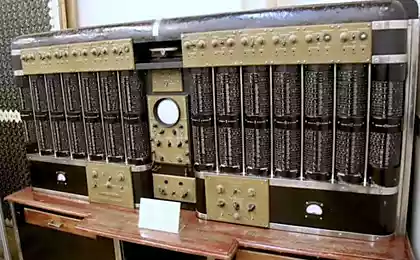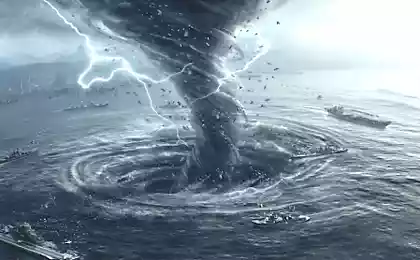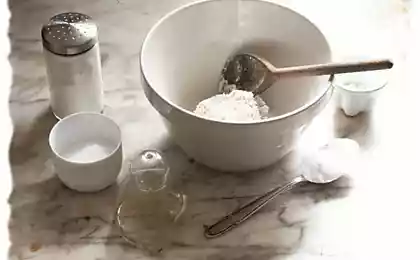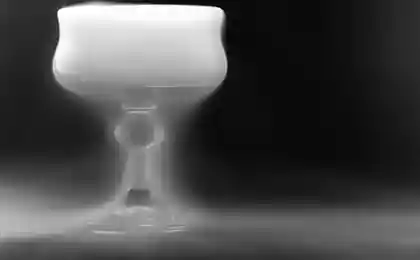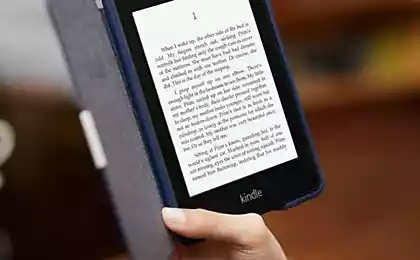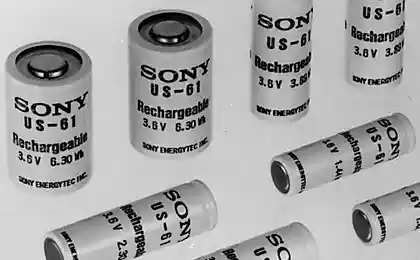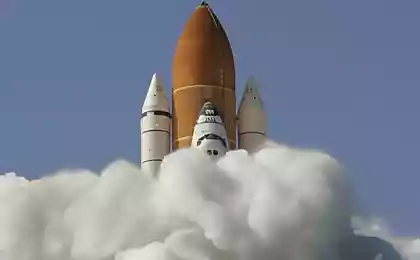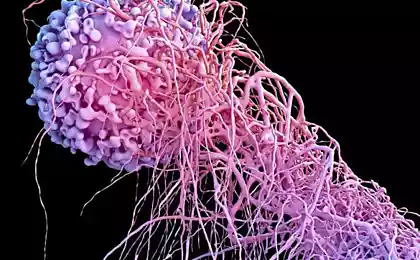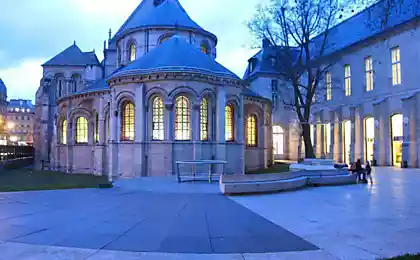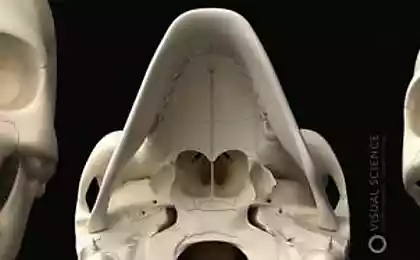1051
This is Science: 3D electron lithography in mass
Electron lithography today will not surprise anyone, it predicting a very successful future in microelectronics. Even RUSNANO plans to purchase electron beam lithography Mapper. What about the materials - that will be the basis of future photoresist?
Ионно-лучевая lithography , in the generalized sense, sooner or later come to replace the traditional фотолитографии, as has incomparable resolution and accuracy of creating patterns through the use of particles (ions or electrons) with a very short wavelength (less than 1 Angstrom or 0.1 nm). In addition, this method is a direct creation of patterns and schemes do not require the development of expensive masks (the price of which can reach to hundreds of thousands of dollars apiece ), as in the case of photolithography.
For example, in the present scheme of the photolithographic process, in the case of ion-beam lithography, we can safely exclude the mask on the stage number 3:
But in the world of capitalism everything is decided by money, including the cost of equipment and raw materials - and of course the photoresist, which is consumed in large quantities, as the most common chip can contain a wide variety of ten layers. And actually it photoresist is responsible for the accuracy with which the pattern will be reproduced on the substrate.
So, a group of Chinese scientists from Canada proposed a method of using extremely cheap polystyrene as a photoresist in electron beam lithography, allowing you to create 3D objects up to 1.5 microns in height with extremely small thickness (less than hundreds of nanometers).
Usually in electron beam lithography using polymer polydimethylsiloxane ( PDMS ), but scientists have found a way to replace it with a cheaper полистирол (Market value of about 2-fold lower). This increases the sensitivity, and along with it the entire performance of the method as a whole, since it takes less time to create a single "pixel».
The essence of the proposed method lies in the fact that polystyrene is applied to the substrate by thermal evaporation, and then after exposure to the electron beam the exposed region can be readily dissolved with a mixture of xylenes. As a result, the cavity is formed which subsequently may be filled with different materials: aluminum (for a pin), silica (for creating waveguides or insulating surfaces) and so on.
Examples of patterns obtained on polystyrene by electron beam lithography i>
In addition, if desired, can simultaneously "paint" on curved surfaces, and even create waveguides such surfaces:
With the help of the electron beam can be printed on virtually any surface, creating complex patterns i>
Thus, the set of properties: low cost, low-dose or short exposure time, coincident with the ability to create patterns on curved surfaces - actually make polystyrene demand in the emerging market of electronic industrial lithography.
Original article in ACSNano (DOI: 10.1021 / nn4064659) i>
Source: habrahabr.ru/post/236181/
Japan is building the world's largest solar power plant on the water
NASA completed the construction of the first module of a reusable spaceship Orion


